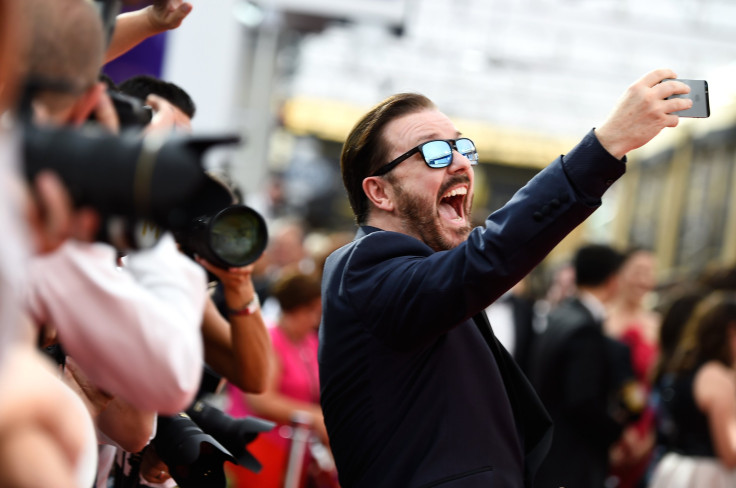Do It For The Likes: Epic, Daredevil Selfies Killed More People This Year Than Sharks

This year has seen its fair share of many odd things, but now you can add one more to the list; 2015 was officially the year where selfies killed more people than sharks. It sounds like a joke, but it turns out to be true. So far, 12 people have died trying to take a memorable selfie, while only eight shark-related deaths occurred in comparison. Selfies have been increasingly associated with narcissism, and potential mental health issues, but this seems to beg the question: How far will someone go to get likes on social media?
Since the dawn of the face-forward camera, people have been taking pictures of their faces, and making them more attractive with the addition of filters. But now that selfies have become a universal craze — even the Pope has been featured in selfies — many are wondering what could be the repercussions?
Jesse Fox, an assistant professor of communications at Ohio State University, said selfie sticks are leading to further isolation from a generation already face-deep in their phones. Looking into selfies and narcissism in a recent study, Fox found that men who post more selfies scored higher on the narcissism scale. They were also more likely to self-objectify, meaning they focused more on their own appearance as their traits of merit rather than their personalities.
Similarly, Dr. David Veal, a psychologist, found that taking selfies can be an addiction. Veal observed one 19-year-old boy whose selfie addiction was so serious he spent over 10 hours a day taking over 200 photos of himself to post online. Veal found that this form of addiction also often encompassed obsessive compulsive disorder, and body dysmorphic disorder, which also led to suicidal thoughts.
But now, the attempt to take the most liked selfie on Instagram has gone one step further, and it’s costing some people their lives. So far, death-by-selfie has either resulted from falling, or being hit by a train. The most recent death featured a tourist at the Taj Mahal, who fell down the stairs while trying to take a selfie with the landmark. Four others met a similar fate to the tourist, while the rest were injured trying to take selfies with a train, or attempting to take photos while on top of dangerous equipment.
And while many of these reports are not proving to be deadly, there have been increased instances of tourists getting hurt from trying to take that epic photo. Mashable reports there have been instances of parks closing because visitors tried to take selfies with the bears. Conde Nast Traveler also said the Russian Interior Ministry recently released a brochure warning about the dangers of selfies, stating that one cool pic “could cost you your life.”
With the death toll now surpassing attacks by the sea’s most feared beast, it’s time to reevaluate our selfie-taking practices. Yes, a picture hanging off a mountain may go viral, but is it truly worth it in the end? Selfie daredevils beware; it’s not all about the story.
Source: Fox J, Margaret Rooney. The Dark Triad and trait self-objectification as predictors of men’s use and self-presentation behaviors on social networking sites. Personality and Individual Differences. 2015.
Published by Medicaldaily.com



























